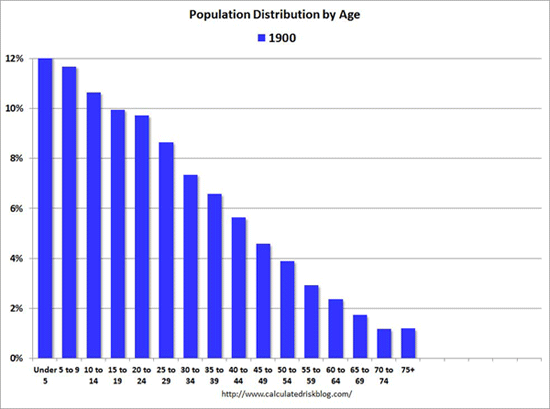If you’re reading this blog post, chances are you can count the number of ways you were affected by the recent Great Recession on one hand with all its fingers cut off. This makes it very hard to grasp how serious of an event it was and still is. At the bottom of the Great Recession, the United States lost around 6.2% of its jobs. We’re talking 10 million job losses in about two years.
Well, the bottom of the recession was over three years ago now and we’re still not back to the number of jobs we had when the Great Recession started. Despite adding 7.5 million private sector jobs since the bottom, we’re still 1.4 million private sector jobs down from when we started. And that doesn’t even include the 700,000 public sector jobs that were lost and will likely never return.
The jobs that were lost were about 60% mid-wage jobs. Only 27% of the job gains were in mid-wage jobs while 60% were in low-wage jobs. So not only are down in the number of jobs, the jobs that have been created are much lower in value than the jobs that were lost originally. This is what’s happening to the middle class.
What I am hopeful for is a silver lining in all of this. With mid-wage earners who have a modicum of political support being shifted to low-wage earners who generally have zero political support, we’re finally seeing some attention paid to how impossible it is to live on a low-wage job. While the high costs of low wages at Wal-Mart has been looked into for a long time, the same is finally being done at fast food restaurants. We’re starting to see instances of workers organizing at this level. If this organization continues, we may finally see some sectors that have been traditionally low-wage pushed into the mid-wage range bringing millions out of poverty as a result. Maybe, just maybe, we’ll see a living wage law come out of all of this.
